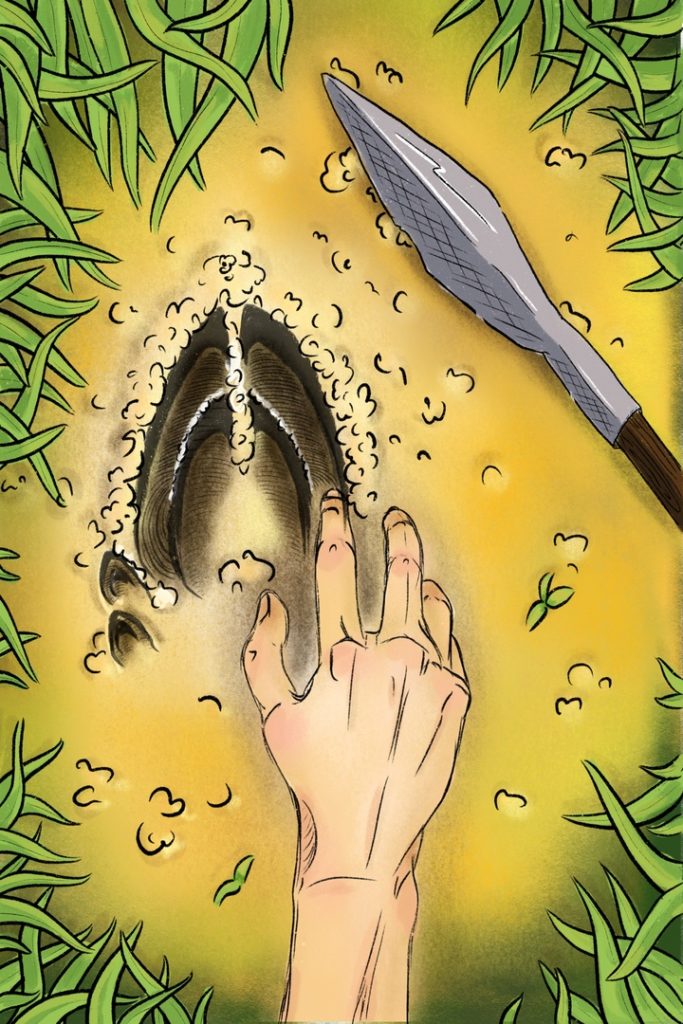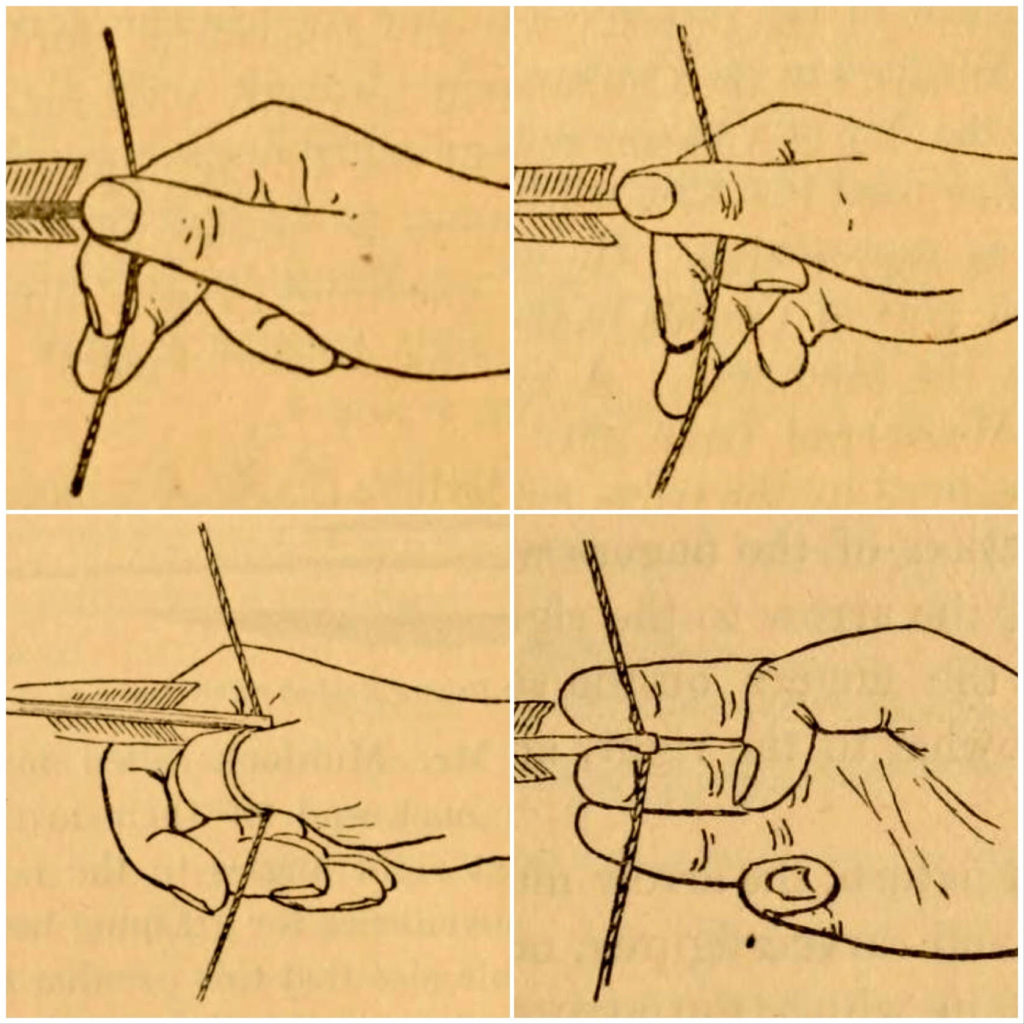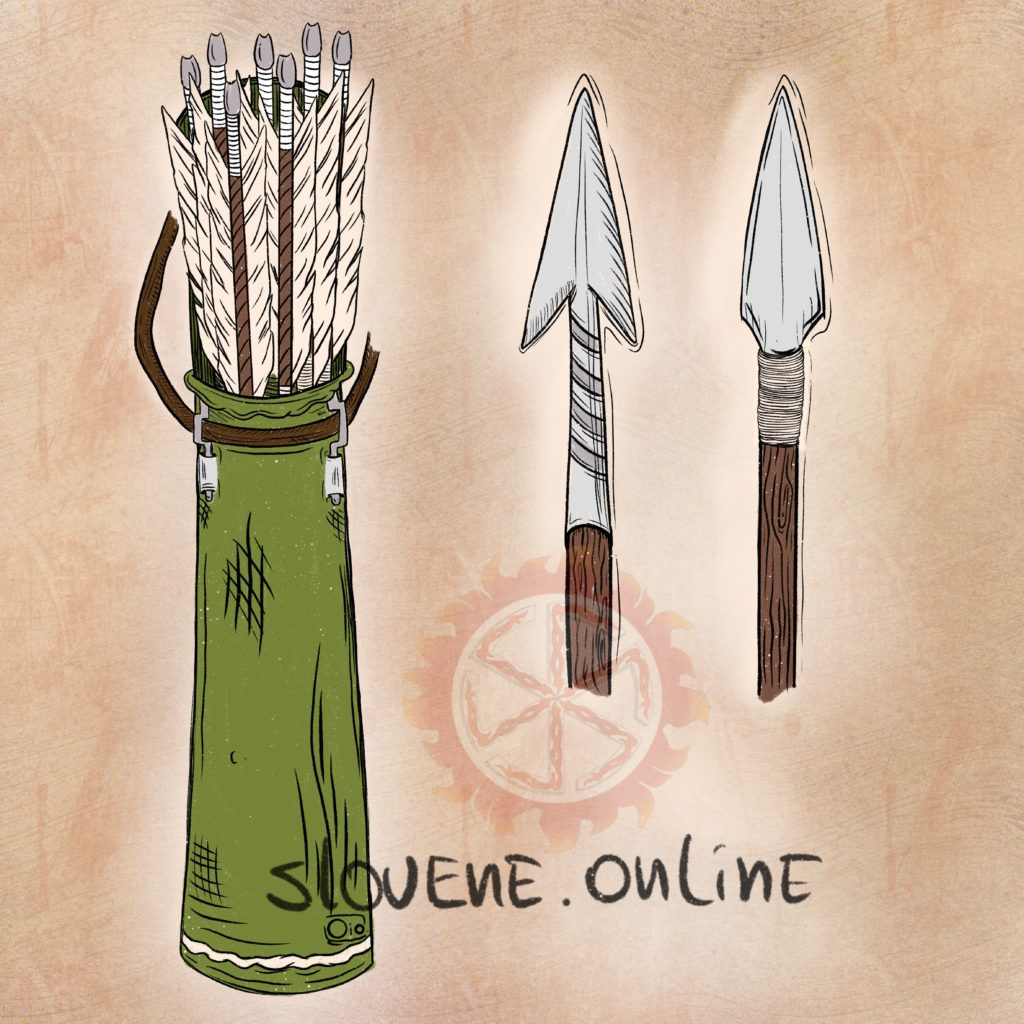Can you guess what kind of animal has passed here? 😉
We continue to work on the first story from the animated fantasy comic book series about the life, customs and beliefs of the Slavic tribes in the early Middle Ages.

Can you guess what kind of animal has passed here? 😉
We continue to work on the first story from the animated fantasy comic book series about the life, customs and beliefs of the Slavic tribes in the early Middle Ages.

Today we are going to share with you about the plot of the first story from a series devoted to life, customs and beliefs of the Slavic people in the early Middle Ages:
“Young hunter from the Slavic tribe Ledzanie (Lendians) goes after a boar into the forest, not expecting, that this will be the beginning of a longer journey full of unknown trials and adventures…”
What awaits him ahead? 😉 We’ll tell in the next posts… Stay tuned and follow the news on our channel!
A few moments from the life of our illustration artist. Work on the first story from a series devoted to life, customs and beliefs of the Slavic people in the early Middle Ages. As seen in the image, this particular story will be full of action 🙂
What methods of releasing the arrow from the bow were used by ancient Slavs? What do you think?
In 1887, the work of the Russian researcher D. Anuchin was published, who, with reference to the previously published book by the American researcher E. Morse, conducted an analysis of ancient Russian sources. The picture shows some of the arrow release methods described in the book published in the United States, which were used by Anuchin. In addition, he studied images in manuscripts, on frescoes, even the famous Scythian gold plaque with two archers, but it was difficult to come to definite conclusion, since even sources sometimes contradicted each other.
Most likely, there were different ways of arrow release in use, because in addition to the composite bows with great tension, which we wrote about earlier, some Western Slavs also had simple solid-wood bows made from ash-tree branches (Niederle wrote about this in his famous work “Slovanské starožitnosti”). Probably, most frequent methods were the so-called “Mongolian” (bottom left) and “Mediterranean” (bottom right), as well as a method of pulling the bowstring with the middle, ring and little fingers, in which the index finger and the thumb supported the arrow.
Russian and Czech language sources are not quoted. English language source: Morse Edward S. Ancient and Modern Methods of Arrow Release, 1885

The ancient Slavs called the case for arrows the “tul”, and the masters who made them the “tulniki”. Most often, these cases had a cylindrical shape and were made of birch bark, wood and leather. Usually their length was 60-70 cm, and the diameter at the bottom was 12-15 cm. Arrows were stored with the arrowheads down, and to prevent fletching from crumpling, an expansion was made at the top of the quiver.
The arrow shafts near the fletching were almost always painted in different colors depending on the purpose of the arrowhead, so that an archer could quickly get the right arrow in the appropriate situation.
The shape and purpose of the iron tips of the Slavic arrows were very diverse, but depending on the way of mounting it on the shaft they are divided into two types: see the picture. The right type was most commonly used by the Eastern Slavs, while the left type was more widely spread amongst the Western Slavs.
